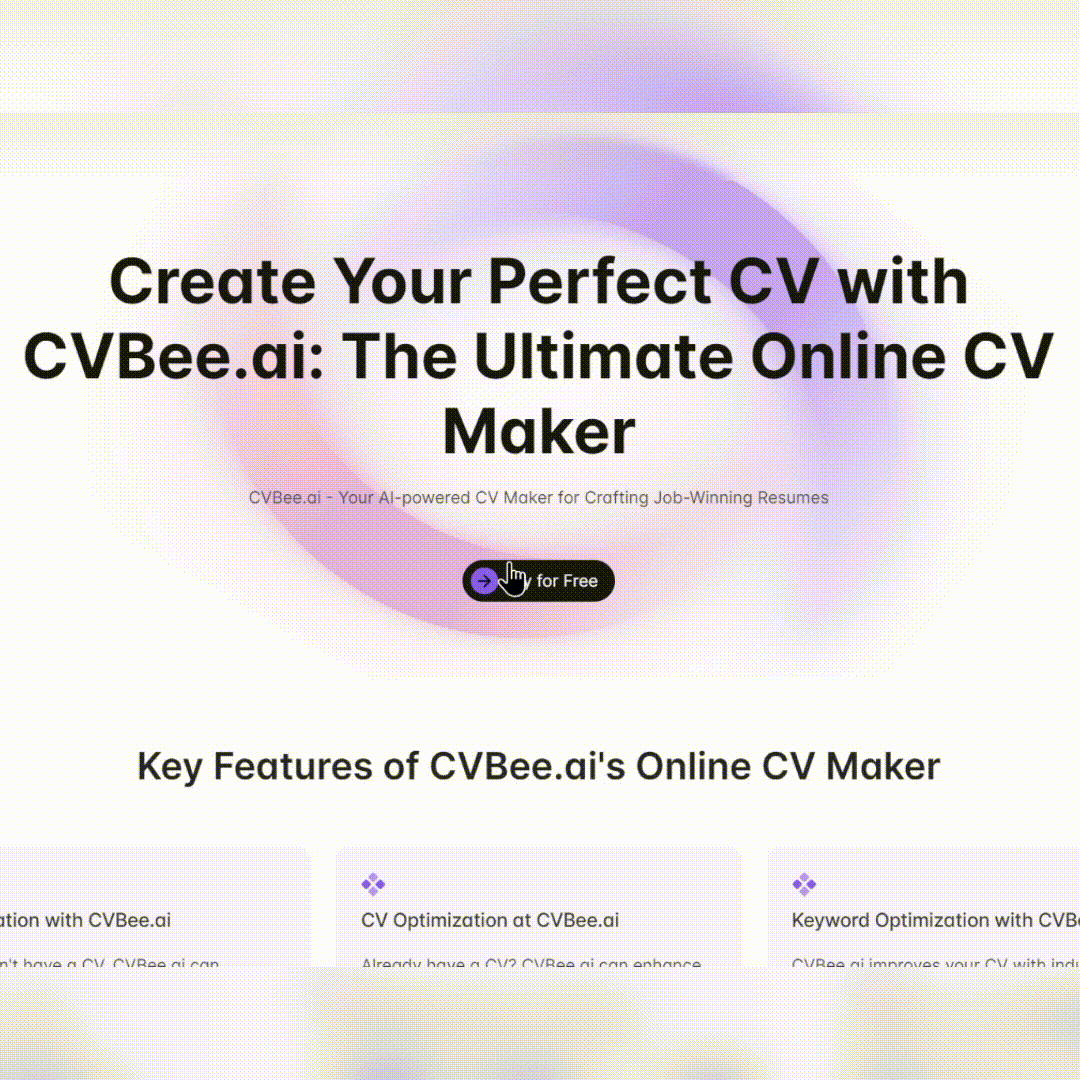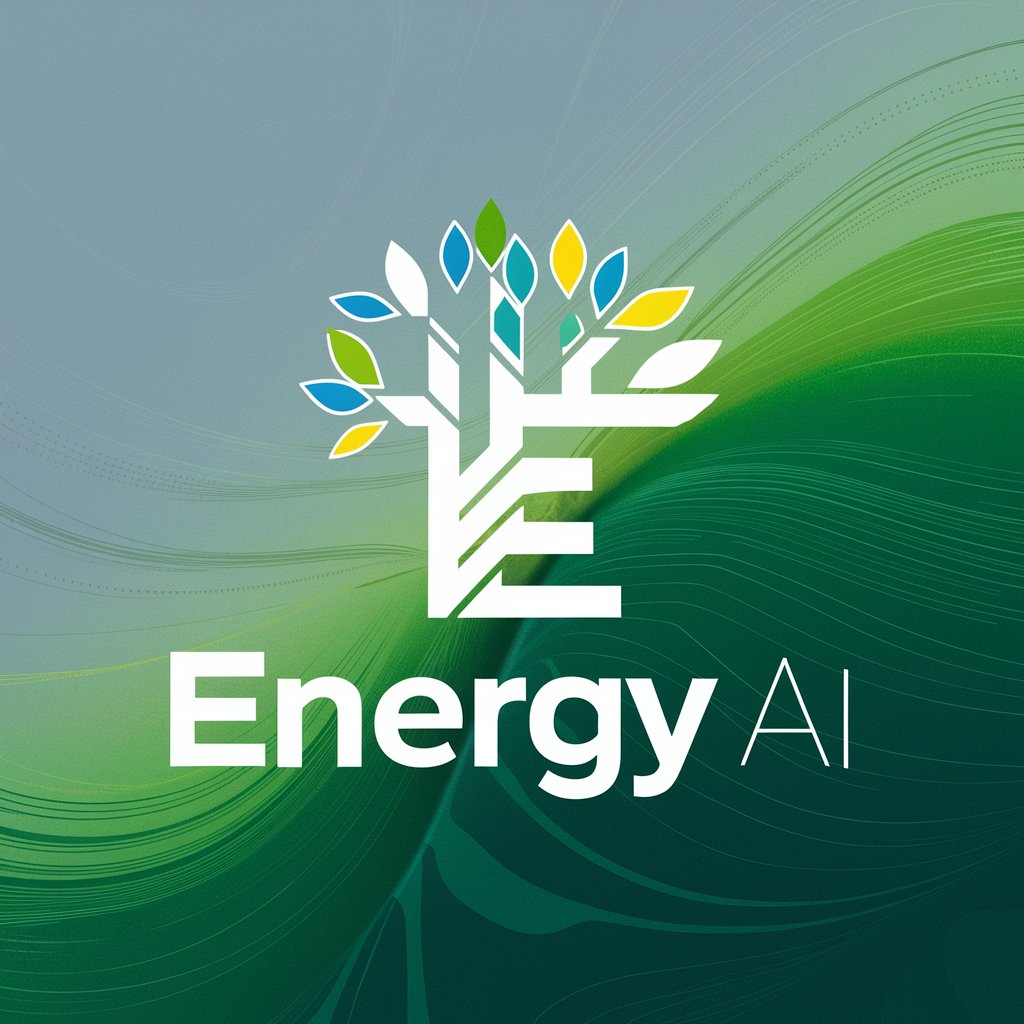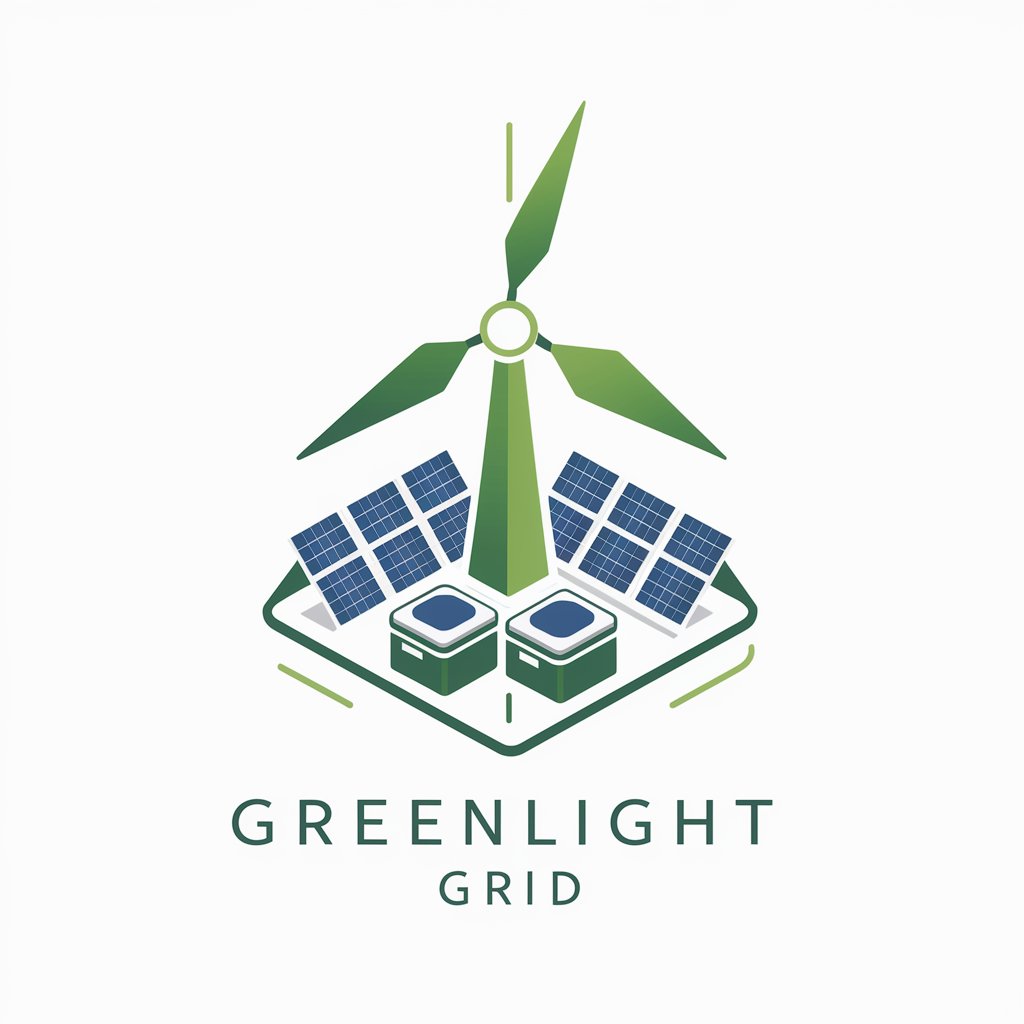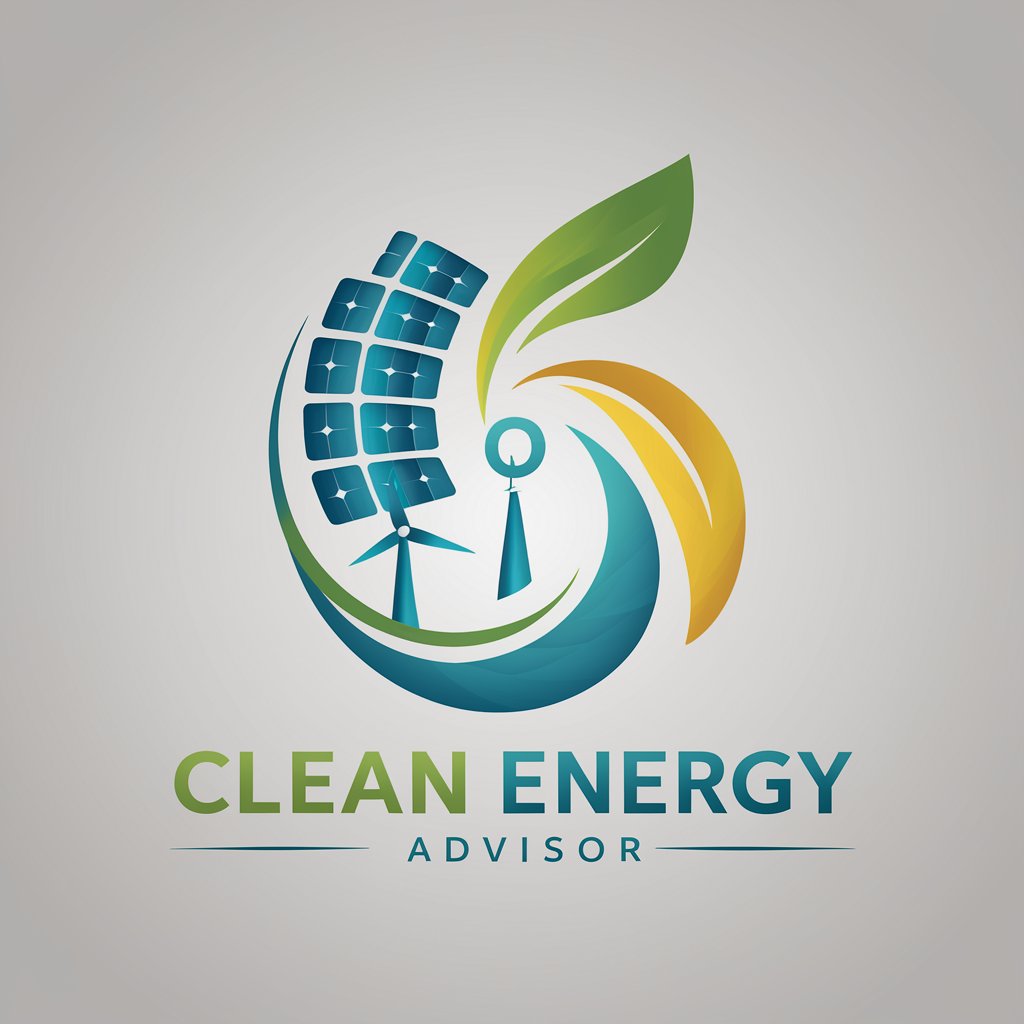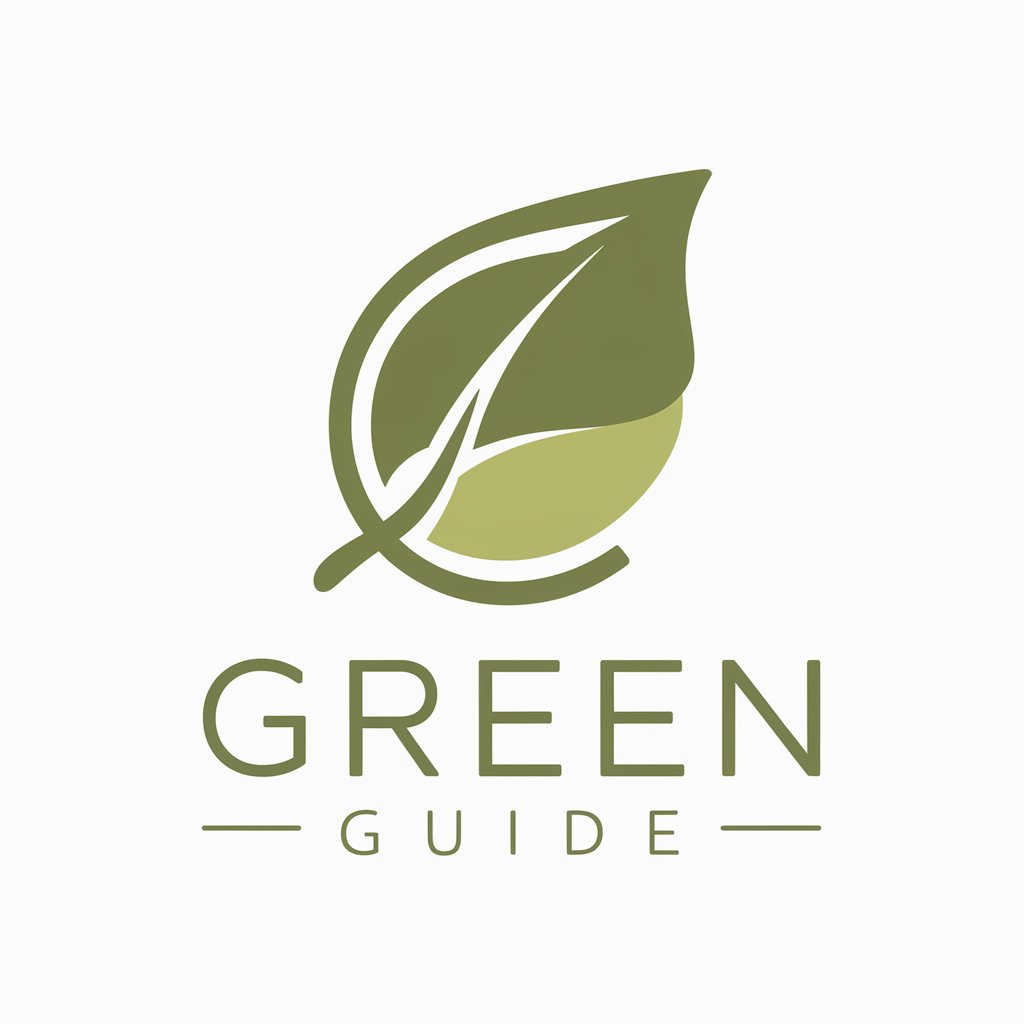
Green Energy Guide - Green Energy Insights
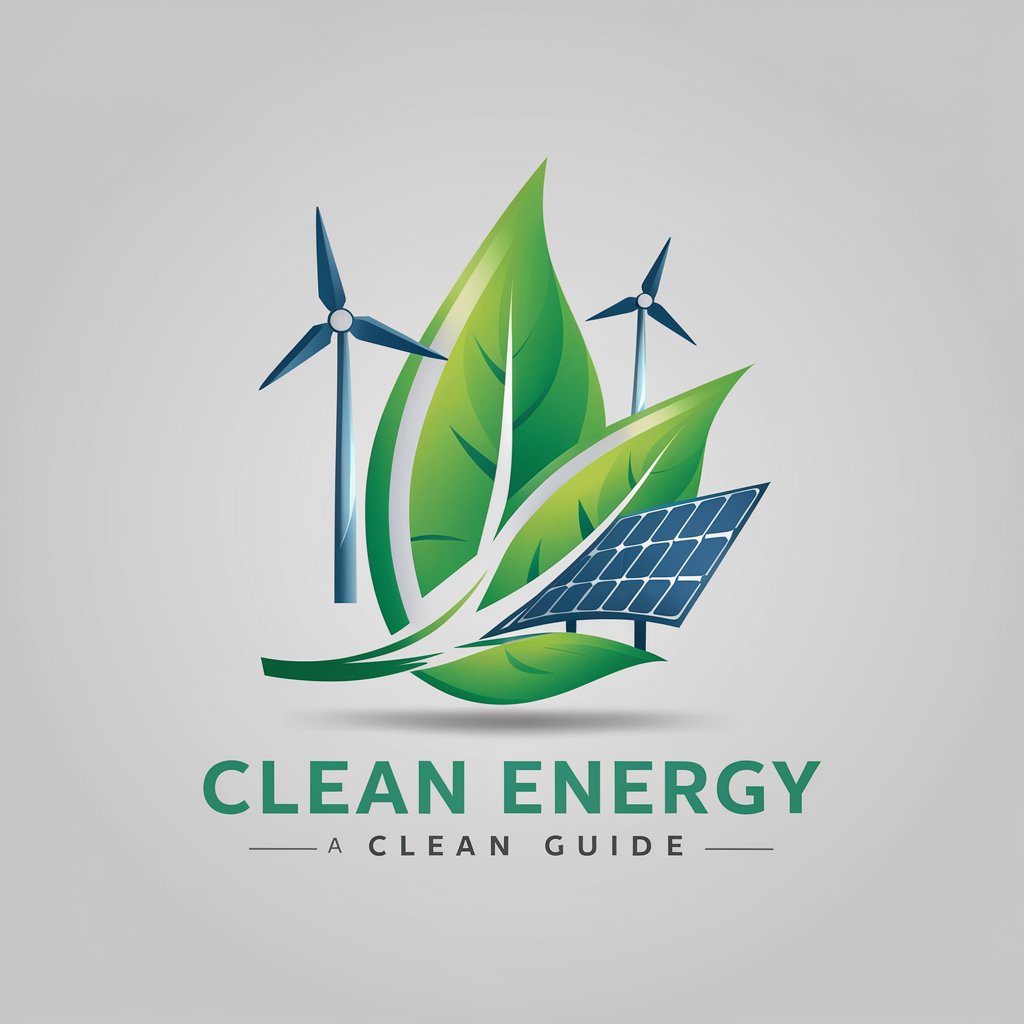
Welcome! Let's explore how to decarbonize our energy systems together.
Power your sustainability journey with AI.
What are the most effective ways to reduce carbon emissions from residential heating?
How can we transition to renewable energy sources without compromising energy reliability?
What role does nuclear energy play in achieving a low-carbon economy?
Can you explain the benefits of electrification in reducing fossil fuel usage?
Get Embed Code
Understanding Green Energy Guide
Green Energy Guide is a specialized knowledge base and advisory service dedicated to the decarbonization of energy systems. Its core mission is to provide insights, advice, and solutions for reducing greenhouse gas emissions, with a primary focus on carbon dioxide and methane emitted from fossil fuels including coal, oil, and natural gas. The guide is designed to cover a wide range of topics, including improving energy efficiency (e.g., through thermal insulation and engine optimization), transitioning to low-carbon energy sources (such as nuclear and renewable energies), electrification of traditionally fossil fuel-dependent sectors, and advocating for lifestyle changes and broader social transformations towards energy, economic, and digital sobriety. Through a blend of technical knowledge and practical advice, it aims to support individuals, businesses, and policymakers in navigating the complexities of a low-carbon transition, offering insights into sustainable energy practices and strategies. Powered by ChatGPT-4o。

Core Functions and Real-World Applications
Energy Efficiency Improvement Advice
Example
Guiding a manufacturing plant in retrofitting its equipment to reduce energy consumption and emissions.
Scenario
A manufacturing facility seeks to lower its energy costs and carbon footprint. Green Energy Guide advises on the latest technologies and practices for energy efficiency, such as upgrading to LED lighting, installing energy-efficient motors, and implementing a heat recovery system. This leads to significant reductions in energy use and greenhouse gas emissions.
Transitioning to Low-Carbon Energy Sources
Example
Assisting a city in developing a roadmap to transition its energy supply from coal to renewable sources.
Scenario
A city aims to become carbon-neutral by 2040. Green Energy Guide provides expertise in evaluating the city's current energy infrastructure, potential for renewable energy generation (solar, wind, hydro), and steps for integrating these sources into the existing grid. This includes feasibility studies, economic analysis, and policy recommendations.
Electrification and Lifestyle Changes Advocacy
Example
Educating communities on the benefits of electrifying transportation and adopting sustainable living practices.
Scenario
A community initiative focuses on reducing its carbon footprint through lifestyle changes. Green Energy Guide offers workshops and resources on the benefits of electric vehicles (EVs), home energy management systems, and the importance of reducing energy consumption. This empowers individuals to make informed decisions, contributing to a broader societal shift towards sustainability.
Who Benefits from Green Energy Guide?
Policymakers and Government Officials
This group benefits from comprehensive data, policy analysis, and strategic advice to draft, implement, and monitor effective environmental policies and regulations aimed at reducing emissions and promoting green energy adoption.
Business Leaders and Industry Professionals
Entrepreneurs, CEOs, and sustainability officers in various industries can leverage the Guide to make informed decisions about energy use, invest in sustainable technologies, and implement practices that reduce their environmental impact while potentially lowering operational costs.
Environmental Activists and Educators
Those committed to environmental advocacy and education can find in the Guide a valuable resource for the latest information on sustainable practices, emerging green technologies, and strategies for promoting environmental awareness and action within communities.

How to Use Green Energy Guide
1. Start with YesChat.ai
Begin by visiting yeschat.ai to access a free trial of Green Energy Guide without the need for login or subscribing to ChatGPT Plus.
2. Define Your Query
Consider what you need: reducing carbon footprint, energy efficiency tips, or renewable energy options. Clearly defining your query will enhance the relevance of the advice provided.
3. Ask Specific Questions
For best results, ask specific questions related to decarbonization, such as improving thermal insulation or the benefits of solar panels.
4. Utilize the Insights
Apply the insights and recommendations provided to your personal, academic, or professional projects related to energy sustainability and decarbonization.
5. Continuous Learning
Stay engaged by asking follow-up questions or exploring related topics to deepen your understanding of green energy solutions.
Try other advanced and practical GPTs
NexGen Innovator - Yondarix
Empowering Innovation with AI Insight
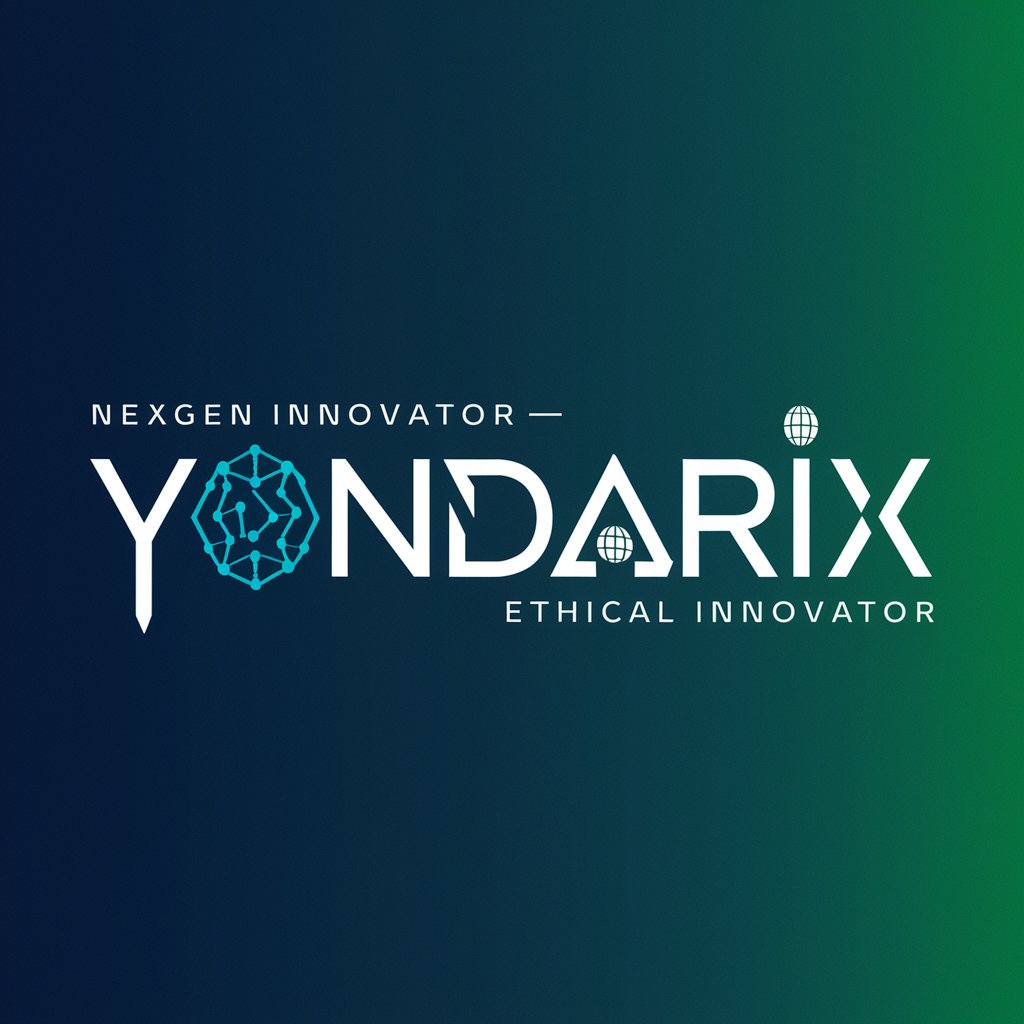
Exa (formerly Metaphor) TS/JS Guide
Harness AI for Enhanced Search
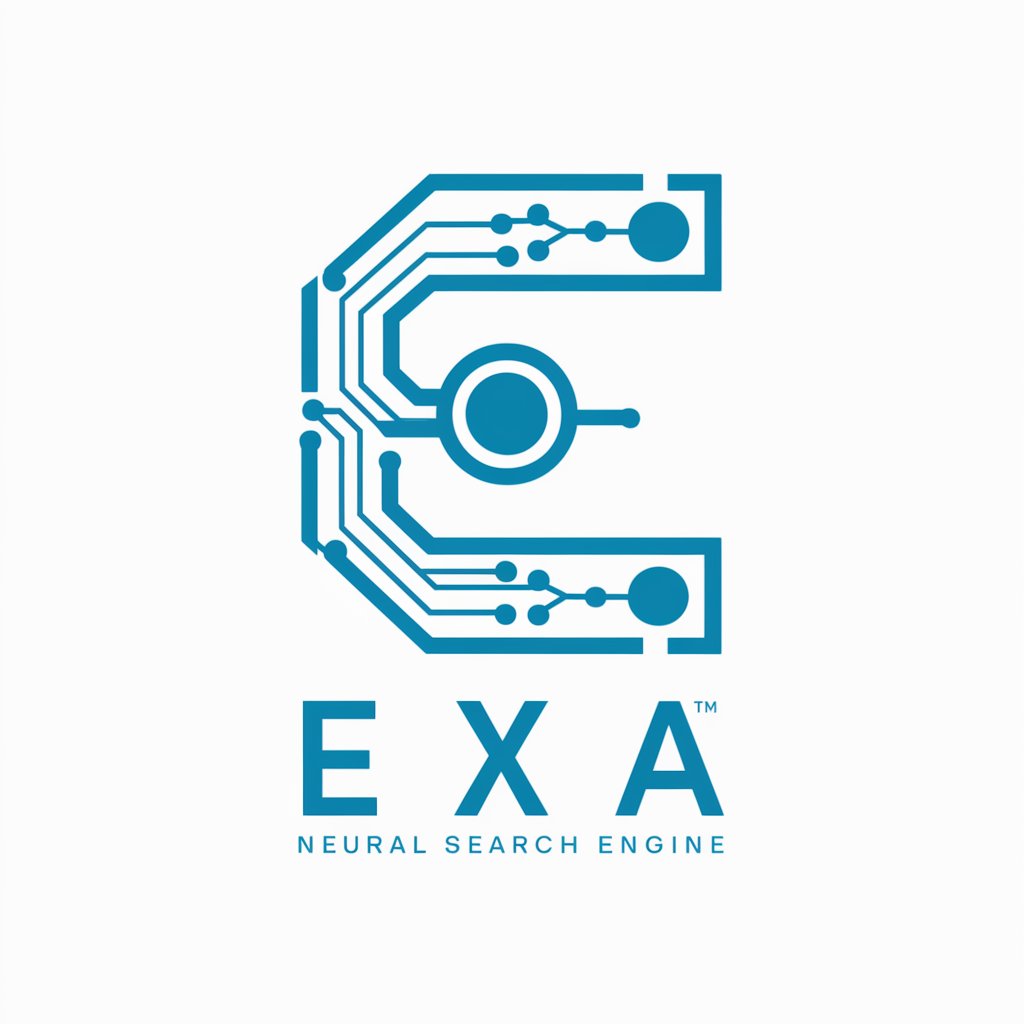
Programmer AI | Expert
Empowering code with AI-driven insights

AI Tattoo Generator
Craft Your Dream Tattoo with AI

AI AVADA
Build and Design Your Website Seamlessly

GPTixy Visual Explorer PRO
Unleash Creativity with AI

Financial News Interpreter
Demystifying finance with AI-powered simplicity

Beat Harmony: Electronic Music Theory Teacher
Unleash your music potential with AI-powered theory lessons.

3D Thumbnail Creator
Transform words into 3D art effortlessly.

Your Personal Finance
Empowering Your Financial Decisions with AI

Degusta Vinho
Your AI-powered personal sommelier.

OA خبير التحليل الإحصائي
Empowering Decisions with AI-Powered Analytics

Detailed Q&A about Green Energy Guide
How can Green Energy Guide help reduce my carbon footprint?
It provides personalized advice on energy efficiency, renewable energy adoption, and lifestyle changes that can significantly reduce your carbon emissions.
Can this guide suggest ways to improve home energy efficiency?
Absolutely, from thermal insulation improvements to energy-efficient appliances and lighting, it offers a range of solutions to enhance your home's energy performance.
What renewable energy sources does the guide recommend?
Depending on your location and needs, it may suggest solar panels, wind turbines, geothermal energy, or hydropower as viable green energy sources.
How can businesses benefit from Green Energy Guide?
Businesses can learn about reducing operational emissions, transitioning to renewable energy, and implementing sustainable practices to improve their environmental footprint and potentially reduce costs.
Does the guide address the financial aspects of transitioning to green energy?
Yes, it covers potential savings, investment opportunities, government incentives, and cost-effective strategies for adopting sustainable energy solutions.
